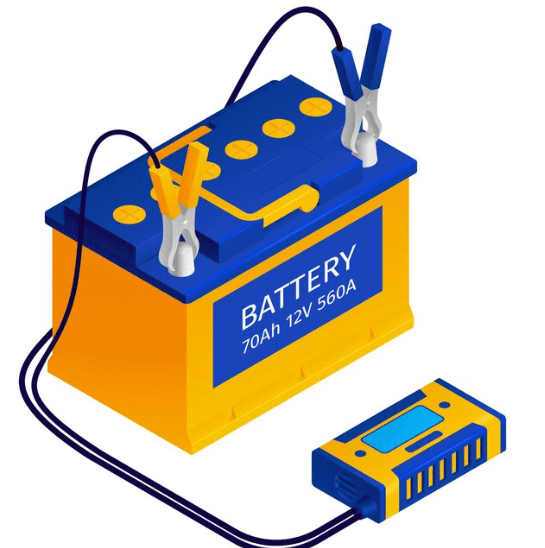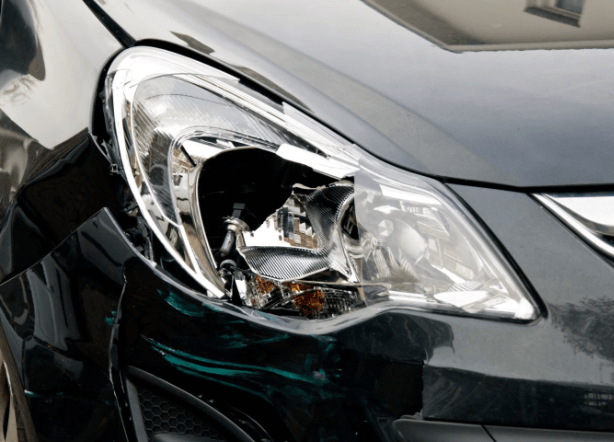Just as you are buying the car of your dreams, you are happy because of the comfort and luxury the car will give you. Yes, it is true. You are going to enjoy an ocean of comfort, and the car is going to make life easier for you. But the thing is this: after you have started using your car, just like all engines, there is wear and tear. This leaves a question in your mind: What are the common faults in a car?
It is very crucial to know common faults in a car so that when these faults start showing up, they won’t catch you unaware. You will be well prepared to tackle the problem appropriately.
In this blog post, I will talk about the common faults in a car and list them out for you to be aware of them right before your car starts experiencing them. I will also discuss the possible solutions to these problems in detail, so you know what to do when these problems come up.
Does this sound like something you would want to know more about? Hang around while I get right into it.
What are the common faults in a car?
Common faults in cars are engine issues like overheating, transmission problems such as slipping gears, brake system failures, electrical issues like a dead battery or faulty alternator, suspension problems leading to a bumpy ride, exhaust system or fuel delivery issues causing poor performance or high emissions.
Both drivers and car owners need to be aware of some common faults in a car. These common car problems, when they crop up, will potentially put a dent in your driving experience. Knowing them will equip you with the skills to deal with them when they finally occur.
1. A Warning Light Shows
Warning lights look like mystery codes. It could indicate a check engine light, among many other things. These warning lights signify uncertainty, which could signal anything from a loose gas cap to a more serious engine issue. Ignoring it might be tempting, but it’s your car’s way of saying, “Hey, we need to talk.” But fear not; deciphering it is easier than you think.
Common triggers include sensor issues, emissions problems, or a loose gas cap. Invest in an OBD2 scanner, plug it into your car’s port, and read the error code. Research the code online to understand the issue better. You can fix some issues yourself, but if they’re more complex, consult a professional. Remember, your check engine light is your car’s communication method; don’t ignore it.

2. A Bad/Dead Battery
The battery is the car’s heart and soul. It’s an important part of a car that gives the engine life. You might find yourself stranded in the middle of nowhere with a silent engine when it’s bad or dead. The causes of bad or dead batteries are old age, leaving lights on, or other electrical issues. The typical battery life for cars is 3 years, or 50,000 miles. It’s best to replace your car battery every fifty thousand miles or three years, even if there are no visible signs of damage.
As for dead batteries, here’s a quick solution, jump start your car and get your hands on jumper cables in a running vehicle. Connect the positive terminal of the dead battery to the positive terminal of the live battery, then the negative terminal of the live battery to a metal part of your car’s engine, and start the live car. Let it run for a few minutes, then try starting your car. Remember, regular battery maintenance is key

3. Engine Misfiring
When air and fuel are properly mixed and burned in the combustion chamber, the engine performs at its best. Some fuel and ignition system components must cooperate for this process to be successful. But if the engine is dancing to its beat with a noticeable lack of coordination, then there is an issue called engine misfiring. It’s like a hiccup in the car’s performance, causing rough idling and reduced fuel efficiency. When you notice an engine misfiring, make sure to replace fuel and ignition system components, according to your manufacturer, to reduce engine misfiring or sputtering issues.
4. Engine Overheating
This is a common problem with cars. Low-coolant radiator troubles or a faulty thermostat are usually the causes. If your temperature gauge is rising, don’t panic! Safely pull over and turn off your engine. allow the hood to cool down before opening it. Open the hood once it’s cool, but never open a hot radiator cap until it’s cool to avoid hot water burning.
Check your coolant levels and add more if necessary. If you’re low on coolant, it’s time to visit a mechanic to diagnose and fix the underlying issue. The risk of overheating problems can be decreased by keeping up with radiator flushing surfaces and replacing the water pump before it breaks. Regular coolant checks and maintenance can help prevent this hassle.
5. Broken Tail/Head Lights
It’s not just about a car looking good on the road; some other things need to function well in a car. For instance, a functioning light is essential for safety. Broken tail lights or headlights are not good on the road. It will not make your car visible to oncoming cars and will also put you at risk of accidents and traffic rule violations. Regular checks and quick replacements of faulty lights will keep you safe and your journey well-lit.
I

6. Low or Flat tires
Have you ever experienced a flat tire in the middle of nowhere? Noting deflated the joy of driving like a flat tire. The culprit could be punctures, leaks, or simply not maintaining proper tire pressure. Keep an eye on your tire pressure and tread depth to avoid unexpected flats. Not all cars have tire pressure monitoring systems, so you’ll have to do it the old-fashioned way, where you get out your gauge and check your tire pressure from time to time. An under-inflated tire creates more heat and more blowouts, so you want to make sure that your tires are always inflated to the proper pressure.
Perform regular tire rotations and alignments to maximize tire life. Tire rotations will keep your tires wearing evenly. So you don’t end up with a whole lot more wear on an edge, which would cord a tire sooner and cause a blowout. I always recommend you do the alignment at least once a year. If you wait too long, your tire will wear.
Have the habit of inspecting your tires thoroughly once a month. Look underneath and across the tire. Most people only look at the outside edge, and they just assume that they’re fine, but a lot of times tires can be worn more on the inside. Check your tire pressure as well. A monthly five-minute inspection can prevent you from having a blog or an issue on the road.

7. Faulty Brake Issues
Squeaking, grinding or a soft pedal are telltale signs of brake issues. Grinding the brake system on your car is designed to wear out over a predetermined period, just like any other moving component. Don’t ignore them; brakes are essential for safe stopping; their problems can jeopardize your safety. As soon as they exhibit any signs of trouble, such as squealing or a soft brake pedal, the vehicle should be examined, and it’s clear that it needs to be replaced.
To fix brake pads and discs, start by loosening the lug nuts, lifting the car, and removing the wheel. Unbolting the caliper and replacing the brake pads. Then compress the caliper, reattach it, and put the wheel back on. Repeat the process for the other wheels. Remember, brakes are non-negotiable when it comes to safety, and regular checks and maintenance can save you from costly accidents and repairs down the road. Many car crashes happen as a result of faulty brakes.
8. An electrical problem
Electrical glitches can range from malfunctioning lights to power window issues. If you encounter these problems, start by checking the fuses; a blown fuse is a simple fix. For complex electrical problems, consult an auto electrician. Regular checks of your car’s electrical systems can save you from the frustration of sudden malfunctions
9. Transmission Troubles
An automatic transmission can function faultlessly for more than 200,000 miles with proper maintenance. Transmission trouble will occur when several seals, gaskets, and lines that make up the hydraulic system of a modern automatic transmission are damaged, clogged with debris, or leak. This will cause the transmission to slip or not shift smoothly. When you notice this with your car, keep up with the recommended transmission service for your vehicle to avoid this common car issue.
Read This also: How do you diagnose a car problem? 8 Expert Guides
In the world of cars, these common faults and issues are like bumps in the road. They are inherent but manageable. Encountering car problems can be challenging, but armed with knowledge and a proactive approach, you can keep your vehicle running smoothly. Regular maintenance and swift action in the face of car problems will ensure you spend more time enjoying the open road and less time stuck on the side of it.
Engage with my blog for more information on common car faults and their solutions, or any issues that bother you with your cars. Share your thoughts in the comment section, and drop your comments, suggestions, and questions in the comment section.

With Over 7 years of experience dealing with car owners as a car lease agent, I have gained matchless car knowledge to help every car owner know what exactly is wrong with their cars.



